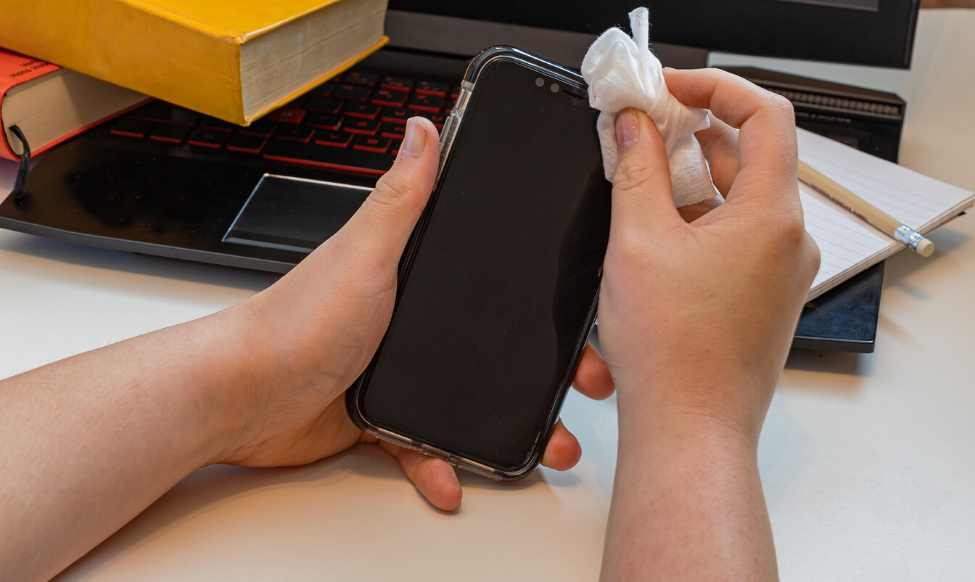By Christine Malafi
Over the weekend, Governor Cuomo gave us all a glimmer of hope that New York may be ready to start expanding the definition of essential business and to consider reduction of work from home and isolation mandates. Easing back into “normalcy” post-mandated COVID-19 isolation requires individualized planning. Businesses must develop and implement workplace safety policies and procedures customized to their own business model and needs. Social distancing, use of protective equipment, temperature checks, cleanliness, and use and disinfection of common and high-traffic areas must all be personalized for your unique business.
Work sites must be clean and disinfecting supplies should be on hand (i.e., sanitizing wipes available throughout the office). Businesses should encourage, and even require, employees to clean their workspaces and personal items daily and should limit the number of employees congregating in restrooms and common areas of the office.
Best practice would allow small groups of selected employees to return to work at a time. Consider continuation of alternating remote workdays where possible, perhaps permitting those employees who cannot work from home to return first. Employees must keep a safe social distance from one another while doing their jobs effectively. Limiting the number of employees will ease everyone into the new “normal.” It may be necessary to revamp shared workspaces.
Although many of us are anxious to return to the “outside” world, some employees may be apprehensive or even afraid to venture out of the safety of their homes, and some may be feeling emotional trauma from the loss of a relative, isolation, or loss of income. Employers should not ignore the anxiety which may be felt by some. Making sure that employees understand the seriousness of maintaining social distancing in the workplace may help ease the tension.
Employers must decide whether to implement a clearance procedure before allowing employees to return (or upon hiring new employees), such as checking for COVID-19 symptoms, taking temperatures, and providing personal protective equipment (PPE), all while making sure to keep their employees’ information confidential. Be ready to send employees home, if necessary, to maintain workplace health and safety. Create COVID-19 related written guidelines if you haven’t already. It is important to communicate operational or policy changes to employees and visitors to your business. Consider having employees acknowledge the new polices and procedures in writing to emphasize the importance of following these procedures and guidelines.
It may be necessary for employers to require employees showing any symptoms of a cold or any type of illness to take sick/personal days. Make sure employees understand the importance of not coming to the workplace if they don’t feel well. It may be the time to implement a formal “work from home” policy that may be followed in such situations.
Don’t ignore implementation of special accommodations for workers who are considered vulnerable (i.e., those with serious underlying health conditions, such as diabetes, asthma, or compromised immune systems, and the elderly).
The CDC has recommended facial coverings/masks be worn in public, and New York State has mandated same if social distancing is not maintained. Permit, or even mandate, all employees to wear coverings/masks, unless there are specific safety reasons prohibiting same. Remember that if PPE is required by a business, the business must pay for PPE for its employees.
For those areas of your business that the public comes into contact with, such as a reception area, counter area, cashier area, etc., businesses should minimize appointments or restrict mass access. These considerations are very business-specific, and what is right for one business may not be right for another. Additionally, these procedures will need to evolve as life gets back to “normal.”
Please review the additional guidance below that may be helpful, and contact us to discuss how to adapt these suggestions to your business. We look forward to helping you and your business get back to work! Stay safe and healthy.
Additional Guidance:
OSHA
New York State Department of Labor
CDC

